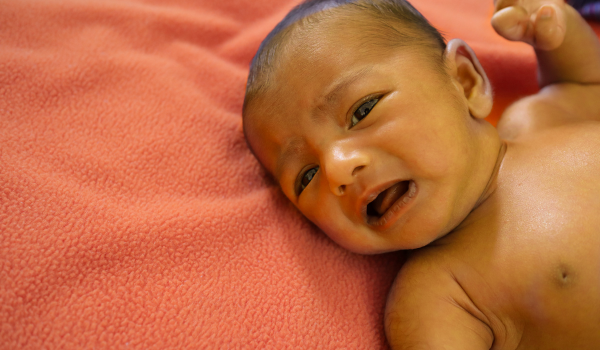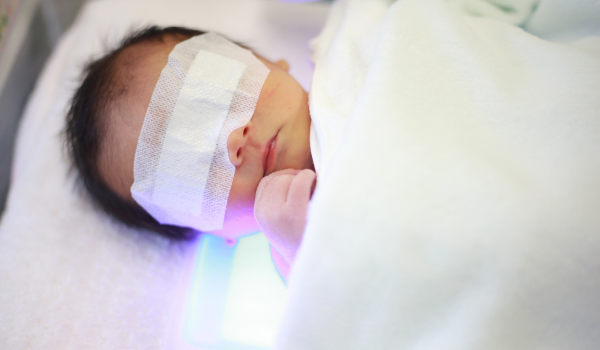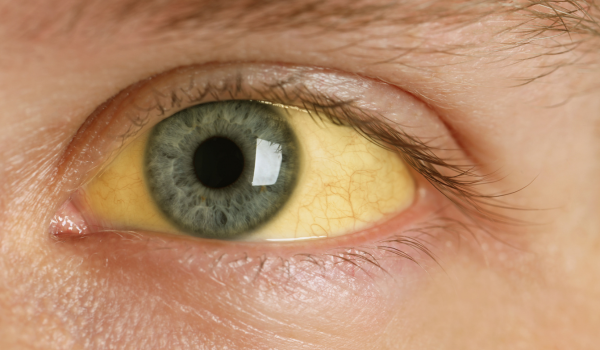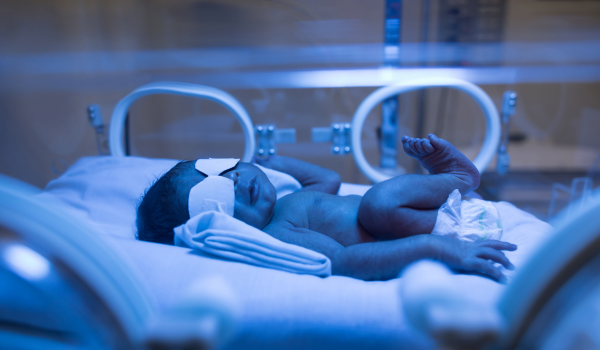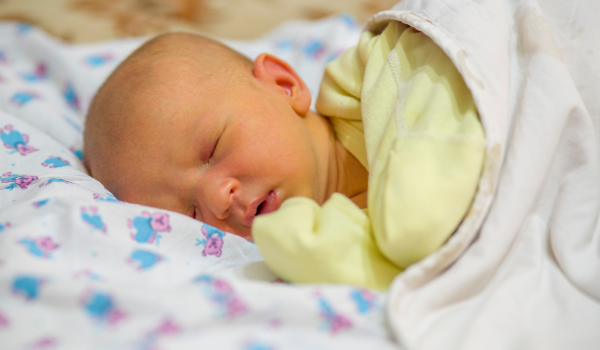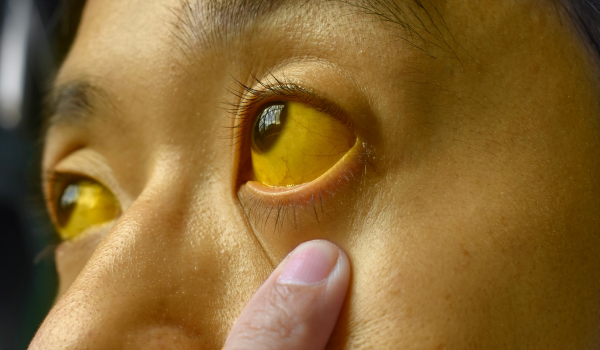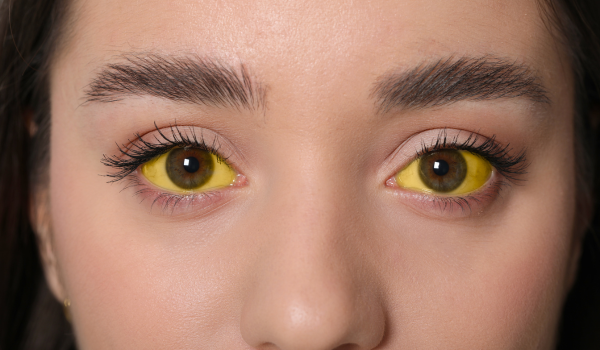
Jaundice — the yellow discoloration of the skin, eyes, and mucous membranes — results from an excess of bilirubin in the blood. While the symptom may appear similar in all cases, its origin can differ significantly. Medical professionals categorize jaundice into three main types: pre-hepatic, hepatic, and post-hepatic. Each type reflects where in the bilirubin processing pathway the problem occurs, and understanding these distinctions is vital for accurate diagnosis and treatment.
Pre-Hepatic Jaundice
Pre-hepatic jaundice occurs before the liver processes bilirubin. This form is primarily caused by the excessive breakdown of red blood cells — a process known as hemolysis — which releases large amounts of unconjugated bilirubin into the bloodstream. The liver cannot keep up with processing this overload, leading to visible jaundice.
Common causes include:
-
Hemolytic anemia (due to autoimmune conditions or genetic disorders such as sickle cell disease)
-
Malaria
-
G6PD deficiency
-
Transfusion reactions from incompatible blood
Typical features:
-
Blood tests reveal elevated indirect (unconjugated) bilirubin.
-
Urine color remains normal, as unconjugated bilirubin is not water-soluble.
-
Stool color is usually unchanged.
Treatment focus: Managing the underlying cause of hemolysis and preventing complications such as severe anemia.
Hepatic Jaundice
Hepatic jaundice originates within the liver due to problems with bilirubin uptake, conjugation, or excretion. Damage to liver cells (hepatocytes) reduces their efficiency in processing bilirubin.
Common causes include:
-
Viral hepatitis (A, B, C)
-
Alcoholic liver disease and cirrhosis
-
Non-alcoholic fatty liver disease
-
Liver cancer
-
Drug-induced liver injury
Typical features:
-
Both conjugated and unconjugated bilirubin may be elevated.
-
Urine is often dark due to conjugated bilirubin spilling into circulation.
-
Stool color may vary depending on the extent of bile flow disruption.
Treatment focus: Addressing the underlying liver disease, supporting liver function, and preventing further damage.
Post-Hepatic Jaundice
Post-hepatic jaundice — also called obstructive jaundice — occurs after the liver has processed bilirubin, when bile flow into the intestines is blocked. This blockage causes conjugated bilirubin to accumulate in the blood.
Common causes include:
-
Gallstones
-
Bile duct strictures
-
Pancreatic cancer
-
Cholangiocarcinoma
-
Liver fluke infestations in endemic areas
Typical features:
-
Elevated direct (conjugated) bilirubin.
-
Urine is dark due to water-soluble bilirubin excretion.
-
Stools become pale or clay-colored from lack of bile pigment.
-
Severe itching may occur due to bile salts in the bloodstream.
Treatment focus: Removing the obstruction, managing related infections, and preventing complications such as cholangitis.
Comparing the Three Types
The three types of jaundice differ in their origin, laboratory findings, and associated symptoms. In pre-hepatic jaundice, the issue occurs before the liver, often due to hemolysis, and results in unconjugated bilirubin increase with normal urine and stool color. Hepatic jaundice originates inside the liver, usually from hepatitis or cirrhosis, producing mixed bilirubin elevations, dark urine, and variable stool color. Post-hepatic jaundice arises after the liver, caused by blockages such as gallstones or tumors, leading to conjugated bilirubin dominance, dark urine, and pale or clay-colored stools. Recognizing these differences helps physicians narrow down the likely cause and select the right diagnostic tests promptly.
Why Classification Matters
Understanding whether jaundice is pre-hepatic, hepatic, or post-hepatic is crucial for:
-
Selecting the most appropriate diagnostic tests (blood analysis vs. imaging)
-
Initiating timely and targeted treatments
-
Preventing severe complications from delayed diagnosis
Key Takeaways
-
Pre-hepatic jaundice: Caused by excessive red blood cell breakdown before bilirubin reaches the liver.
-
Hepatic jaundice: Results from liver cell damage or dysfunction.
-
Post-hepatic jaundice: Caused by bile flow obstruction after bilirubin processing.
-
Differentiating these types ensures accurate diagnosis and effective treatment.

